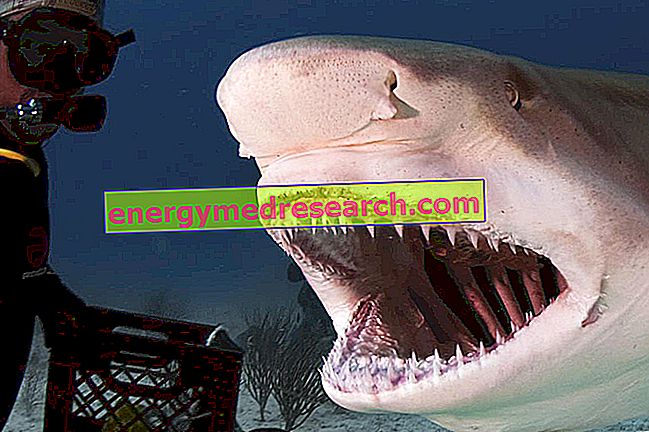
- The diiodontia indicates the succession of two different dentitions during the life of an organism.
- Heterodontia indicates the presence of teeth of different shapes and sizes.
Man, like most mammals, has a difiodonte and heterodont dentition:
- difiodonte because it is characterized by two different processes of dental eruptions (deciduous dentition and permanent dentition)
- heterodontic because it is characterized by different types of teeth: incisors, canines, premolars and molars.
Differences from men
Monofiodonti animals have only one dentition, while polypiodon animals have multiple successions (their teeth are often replaced by new dental elements).
Homeodontic animals have teeth that are all the same in each other's teeth.
- Among the mammals, the marsupials, the sirenids, the toothless, the monotremes and the cetaceans are monofiodonti.
- Most vertebrates are homeodontes and polyphiodias; kangaroo teeth are a rare example of polyphiodontia among mammals. The crocodile is generally taken as an example of a poliodiodonte animal, while the shark can be taken as an example of a homeodon animal.
The shape of the teeth is related to the type of feeding or the specific function of the teeth; for this reason, being mostly omnivores, almost all mammals (including humans) have heterodontic teeth.



